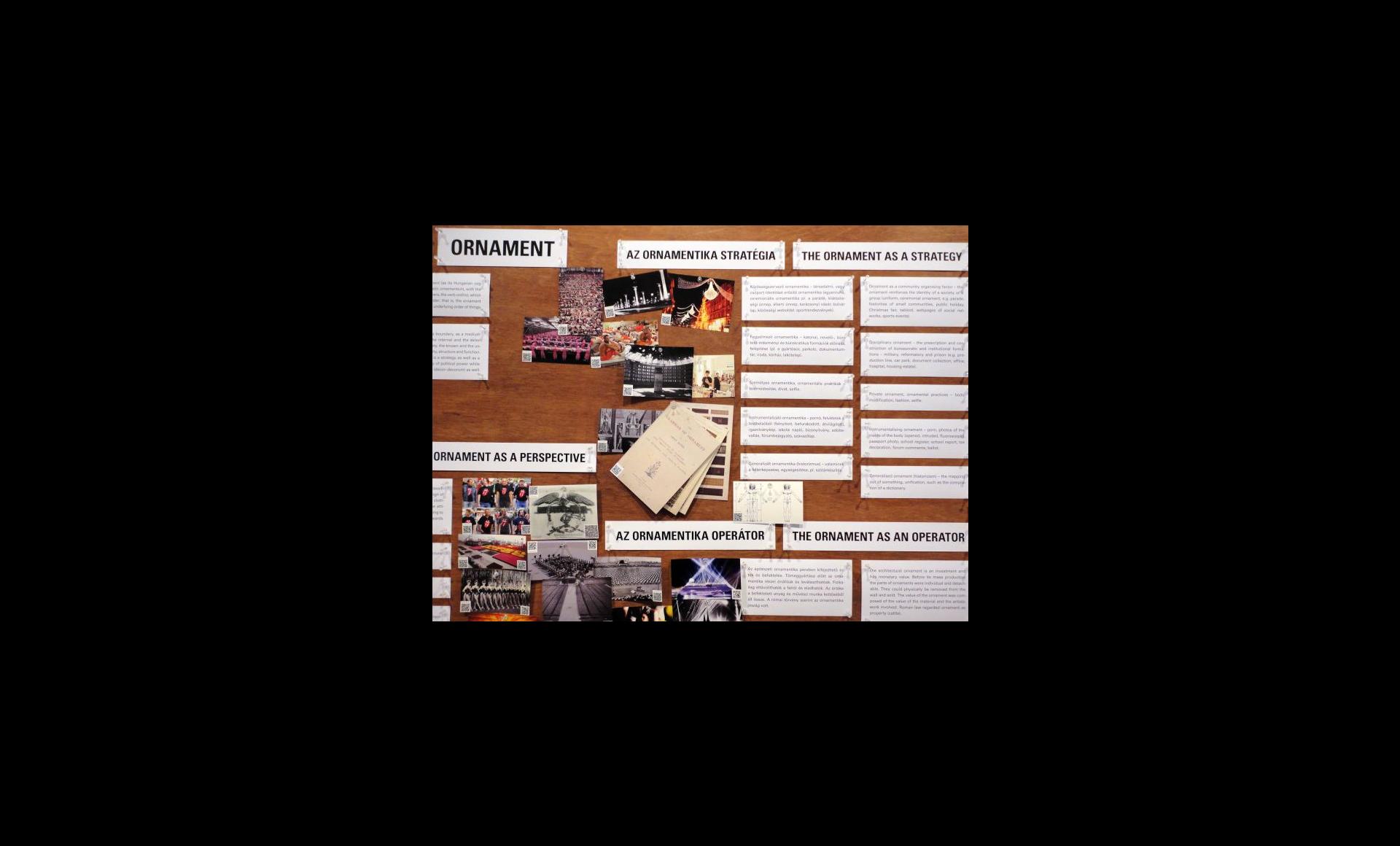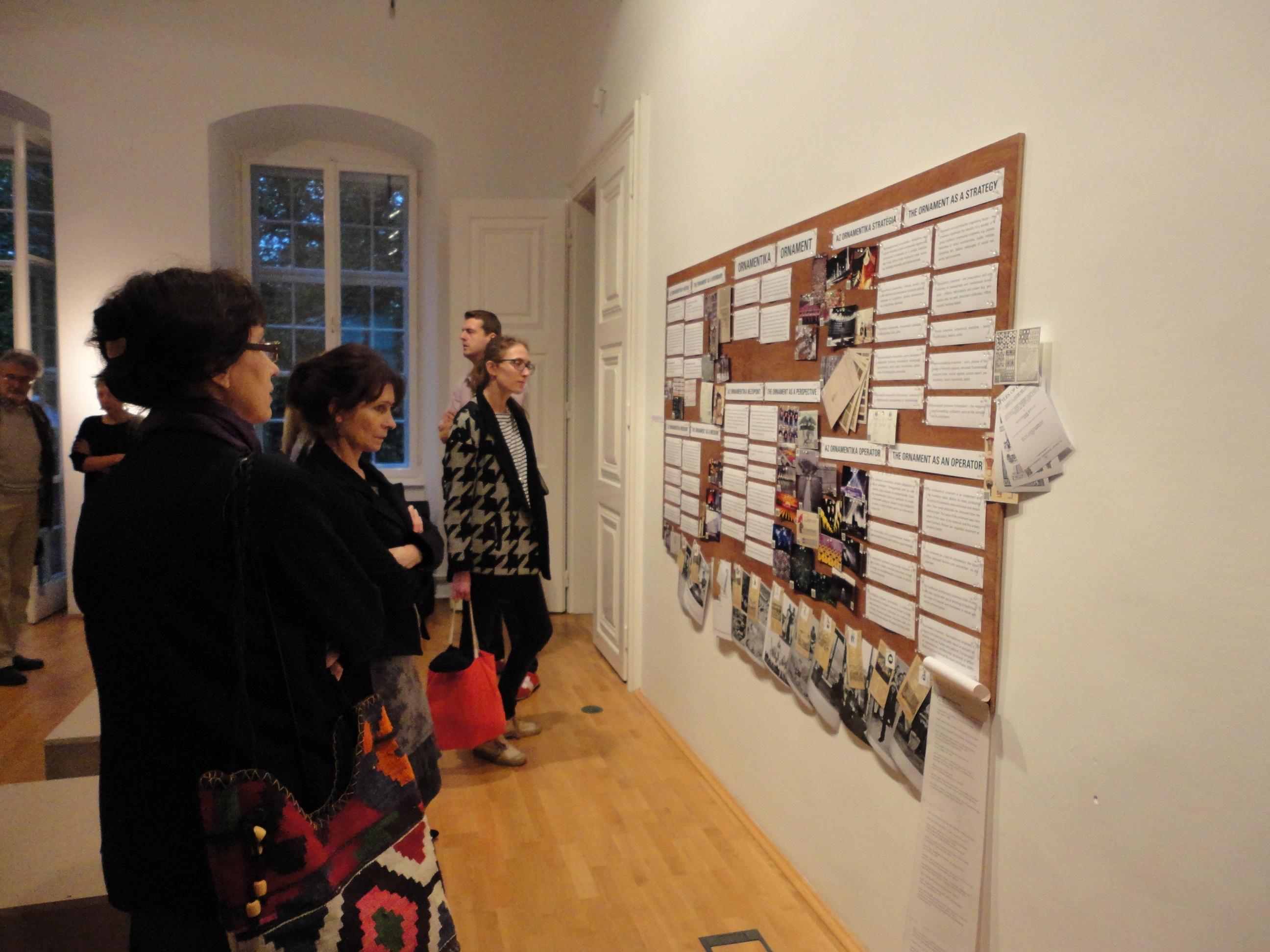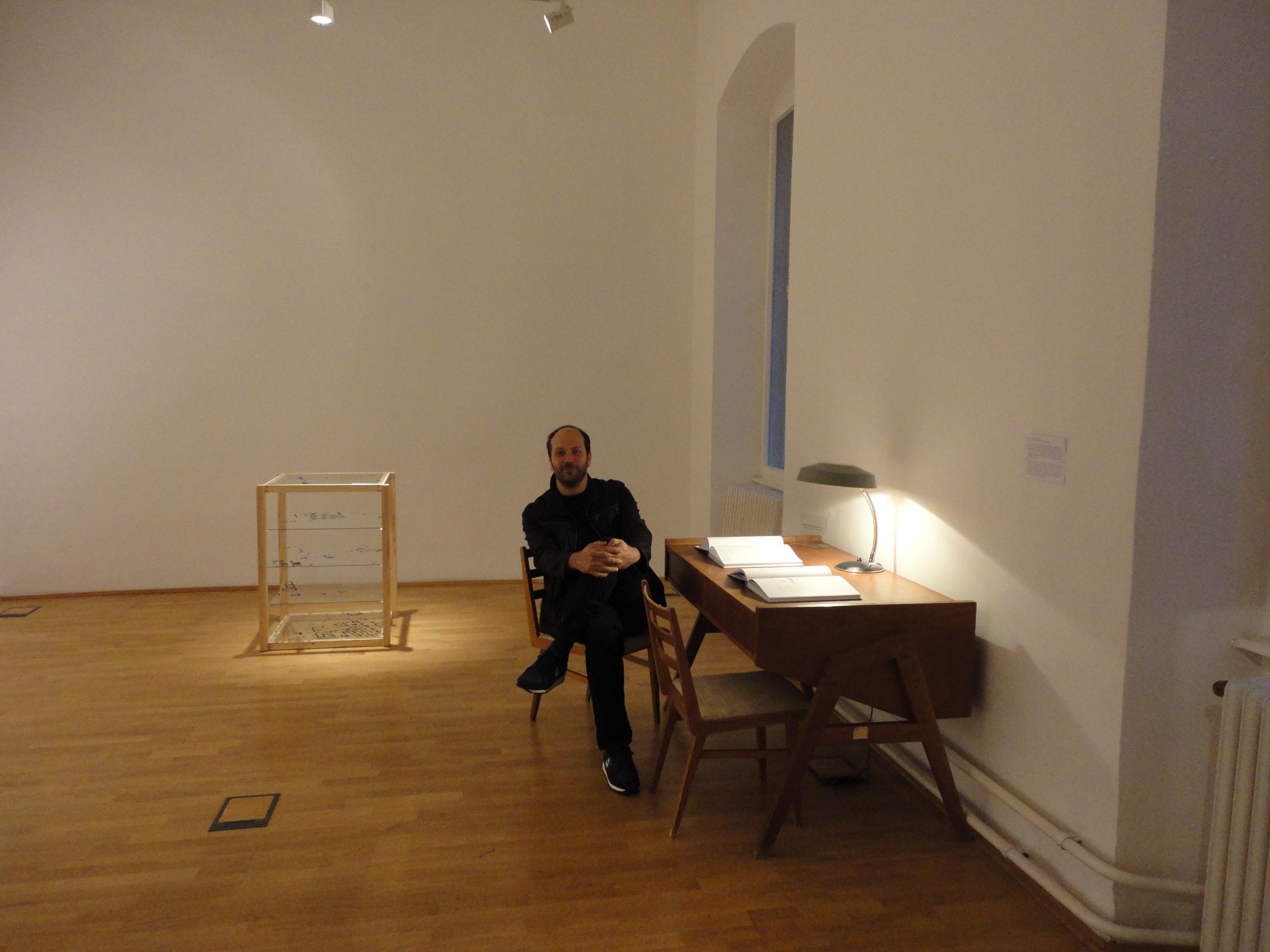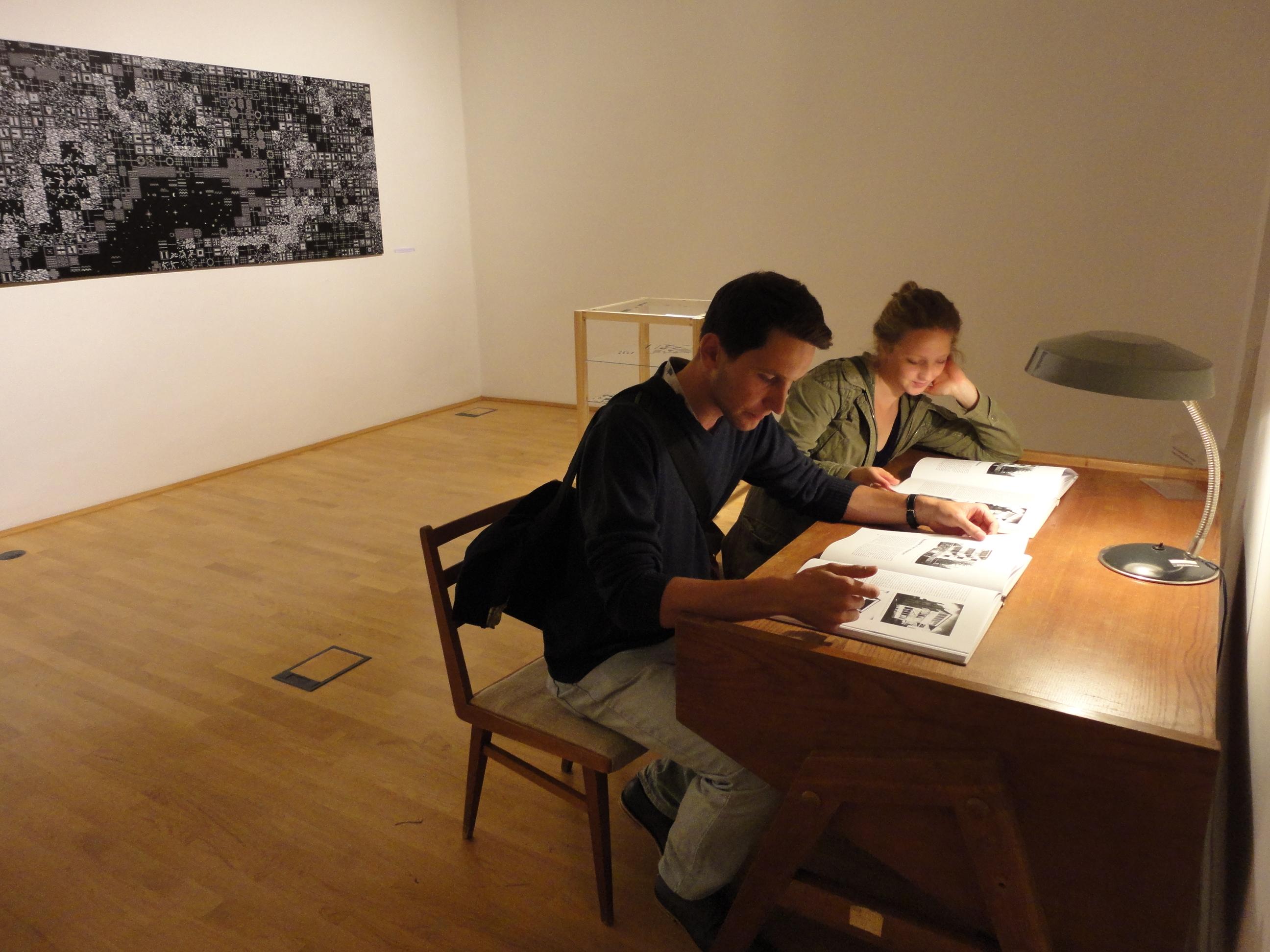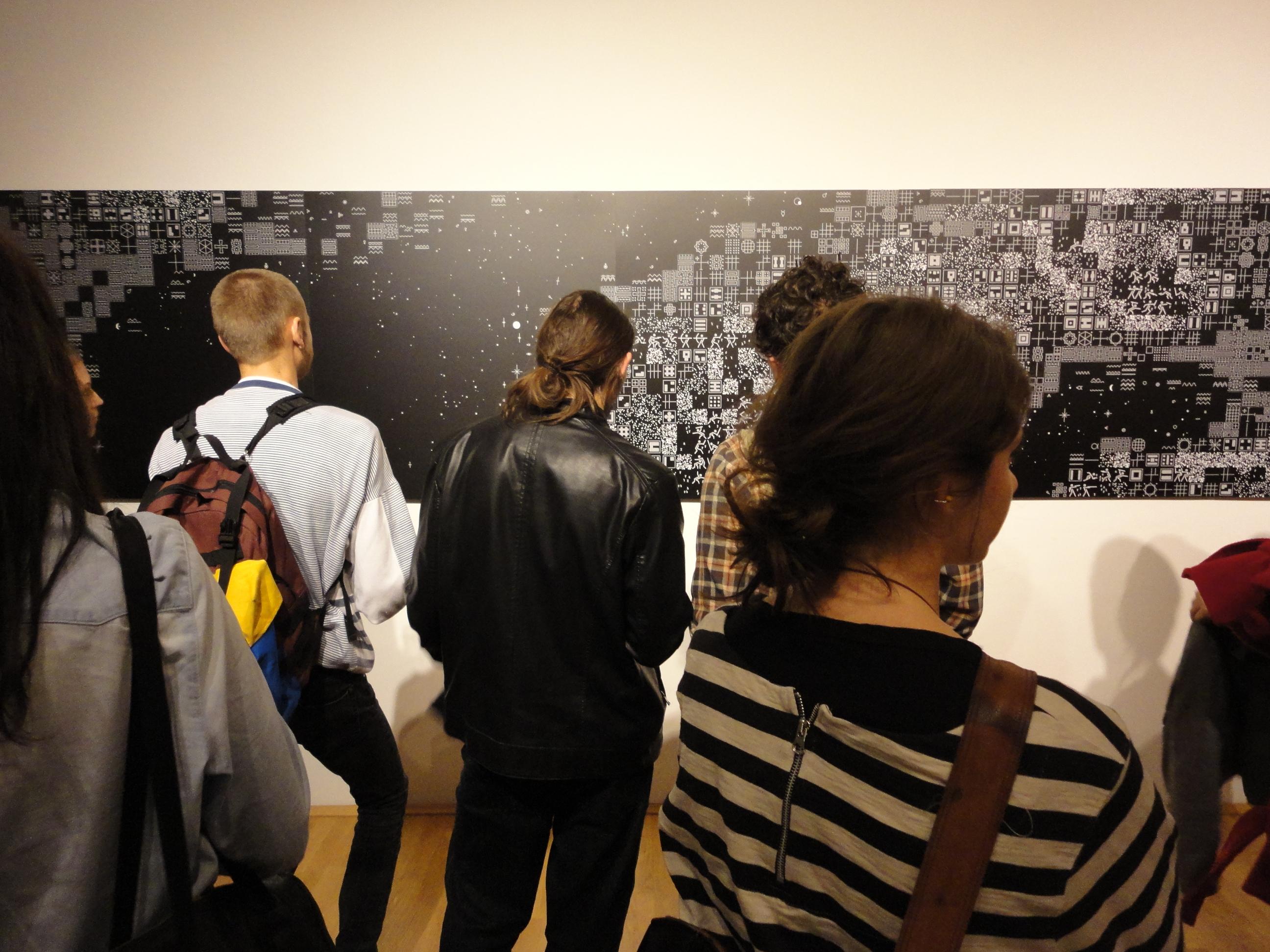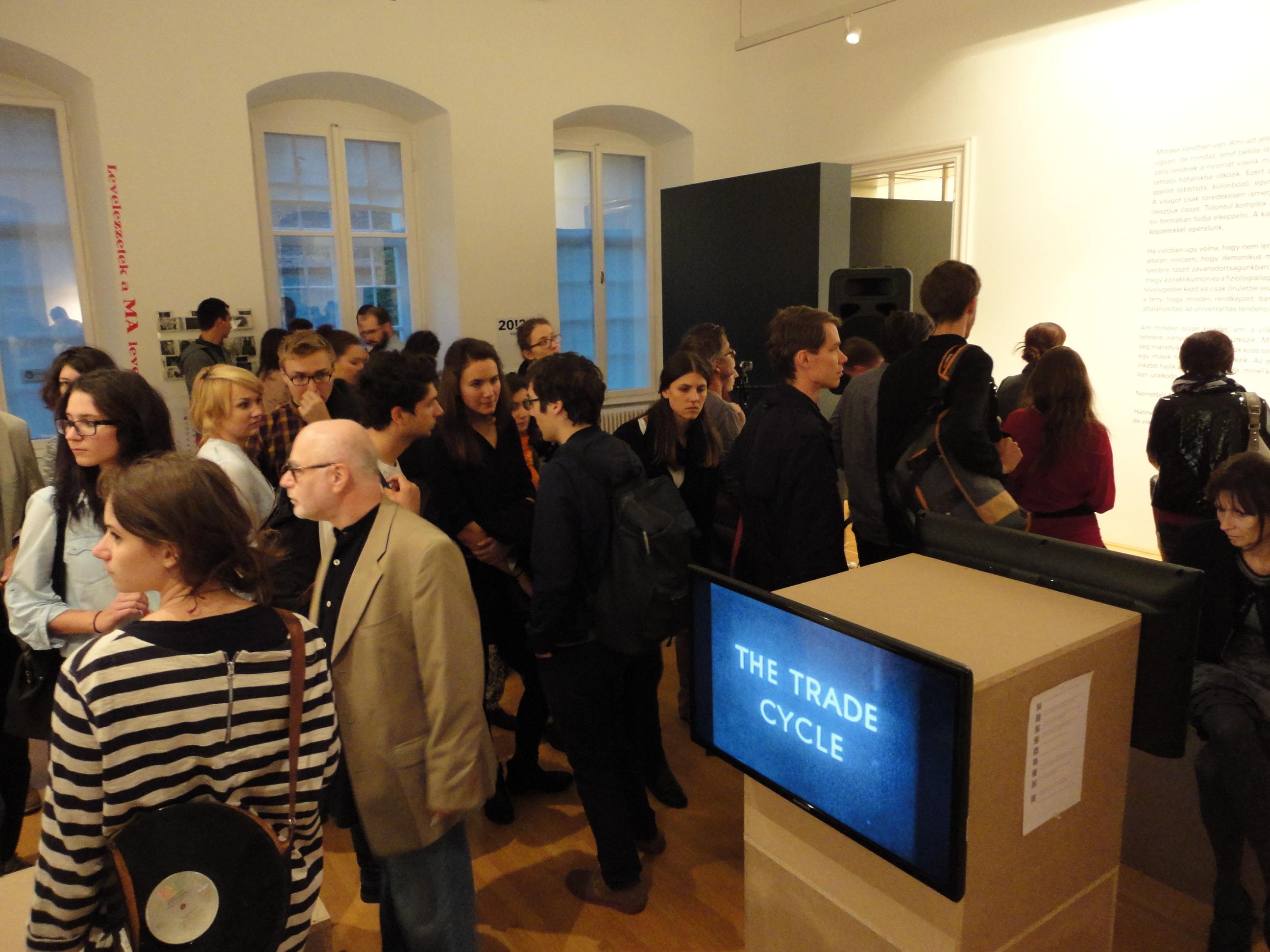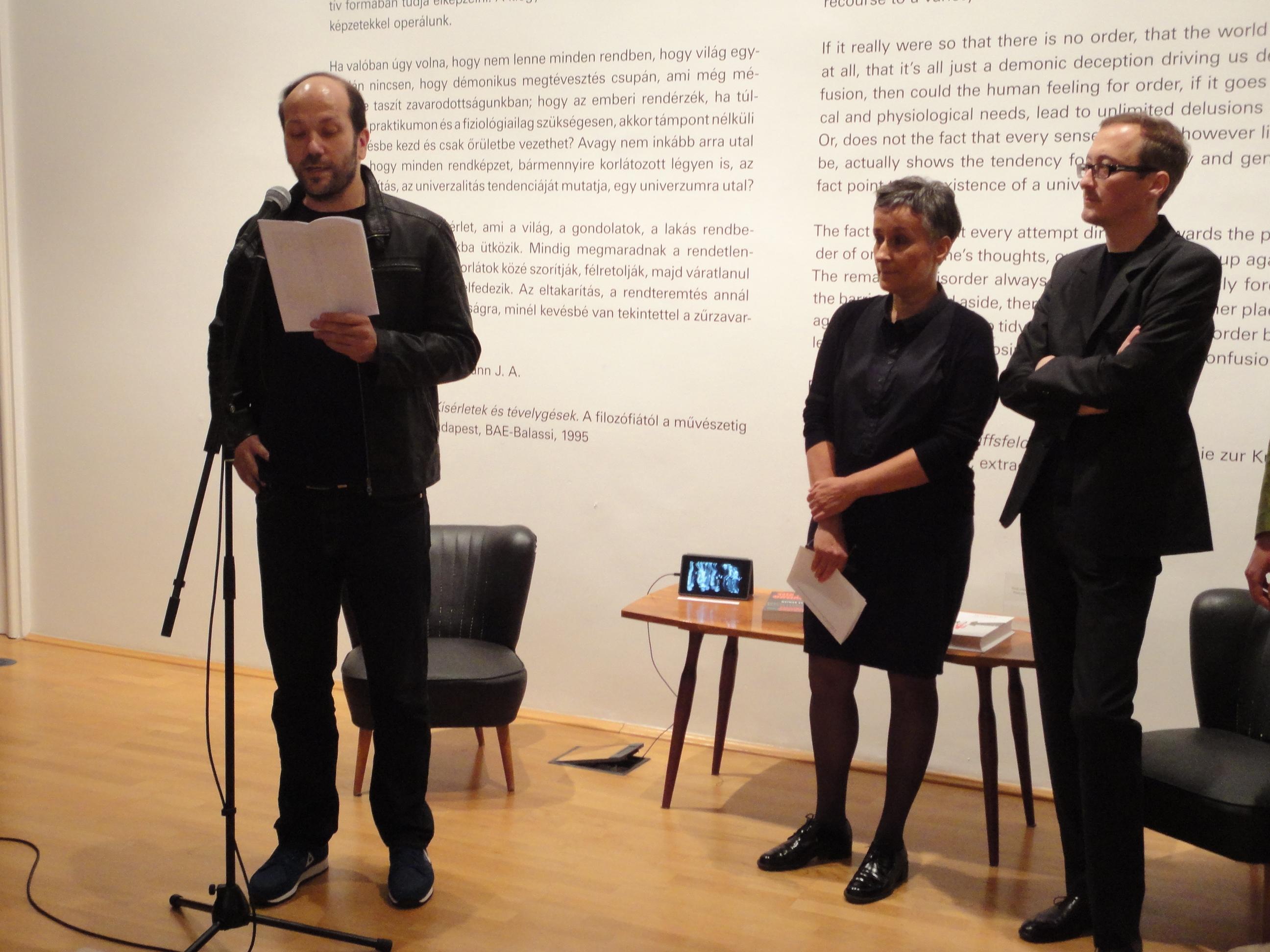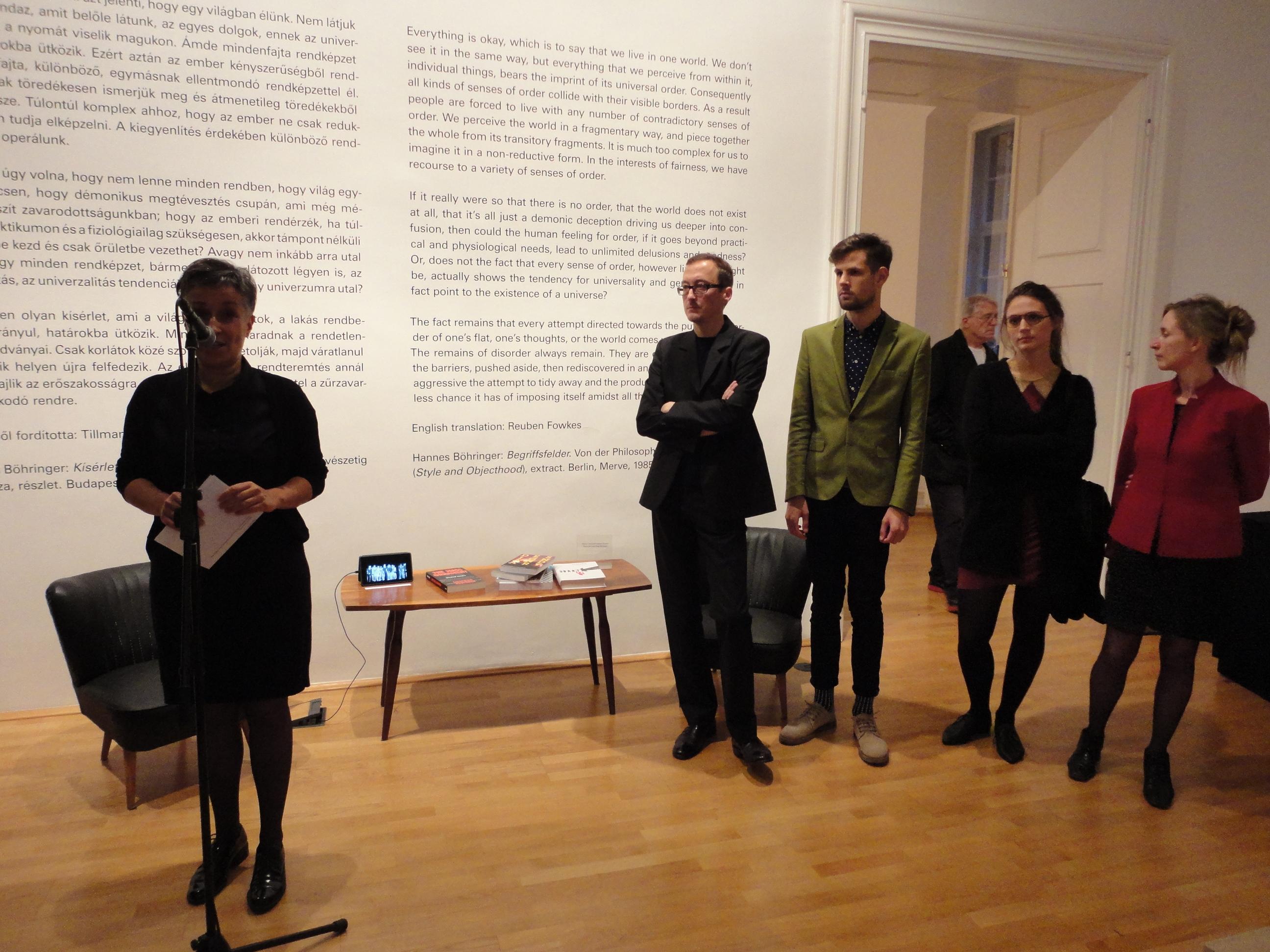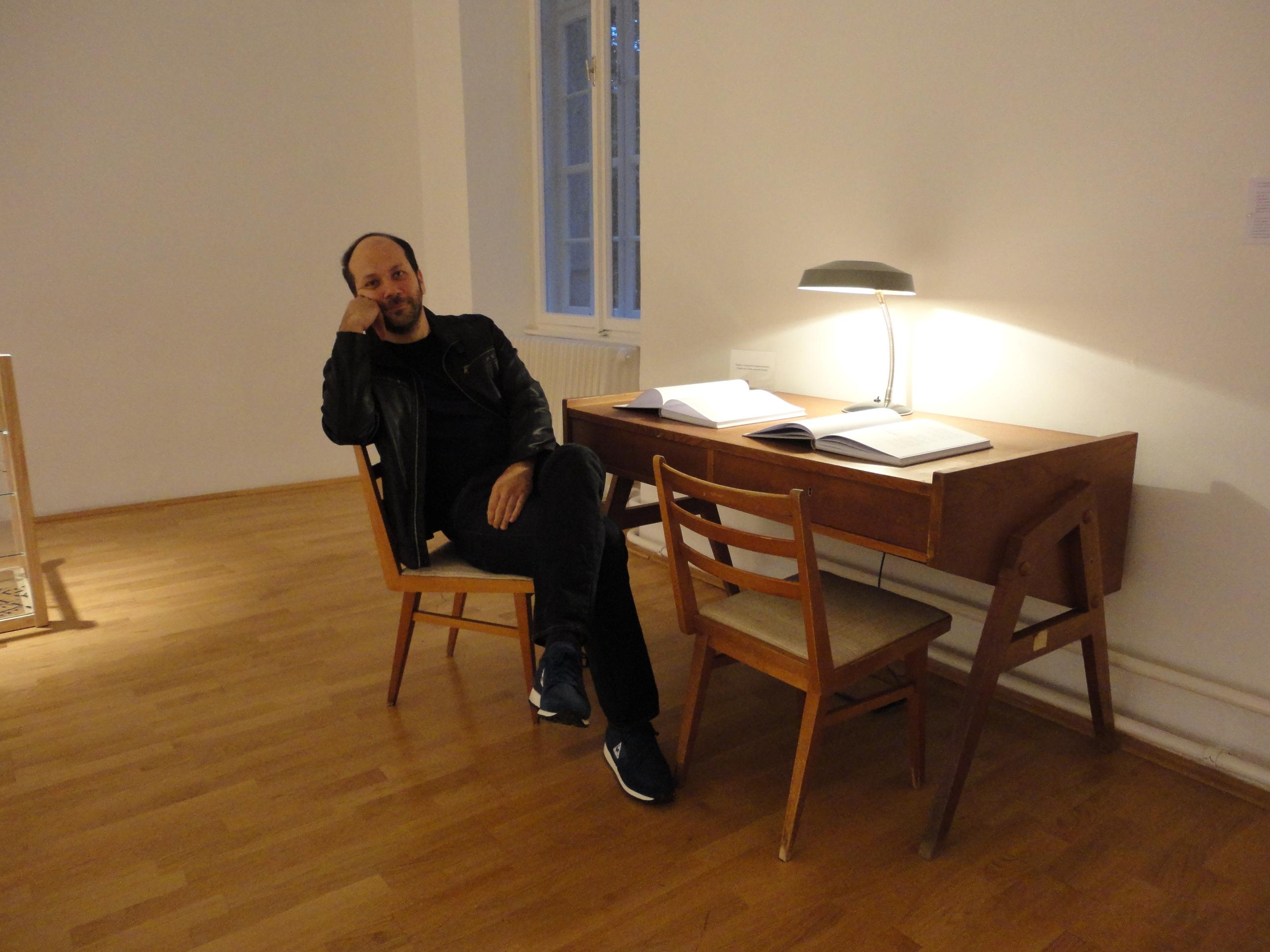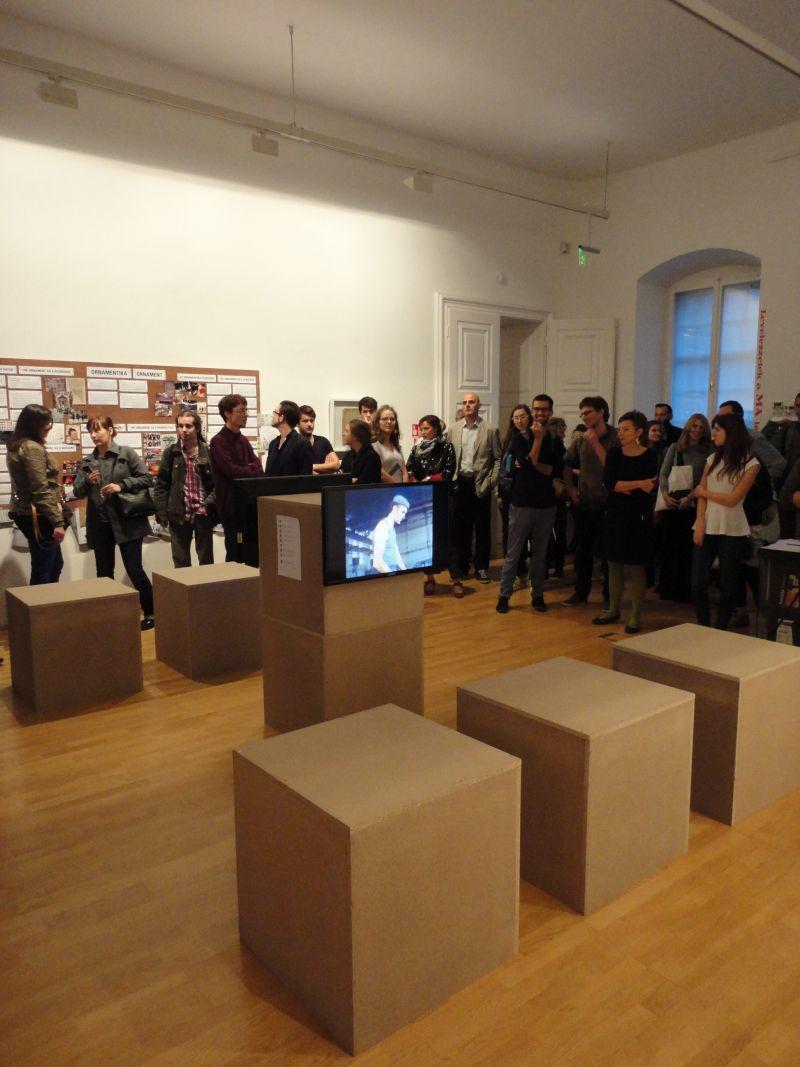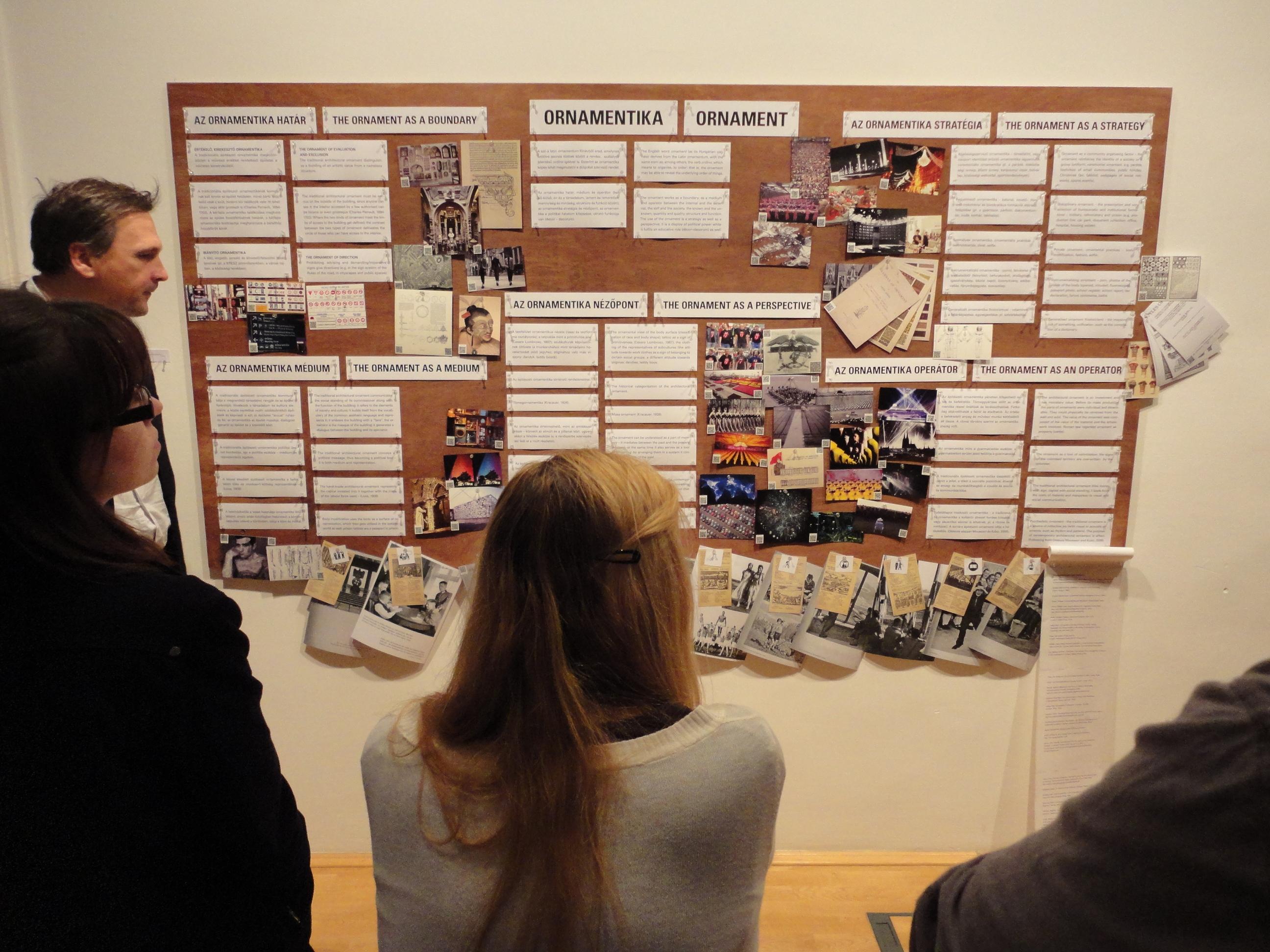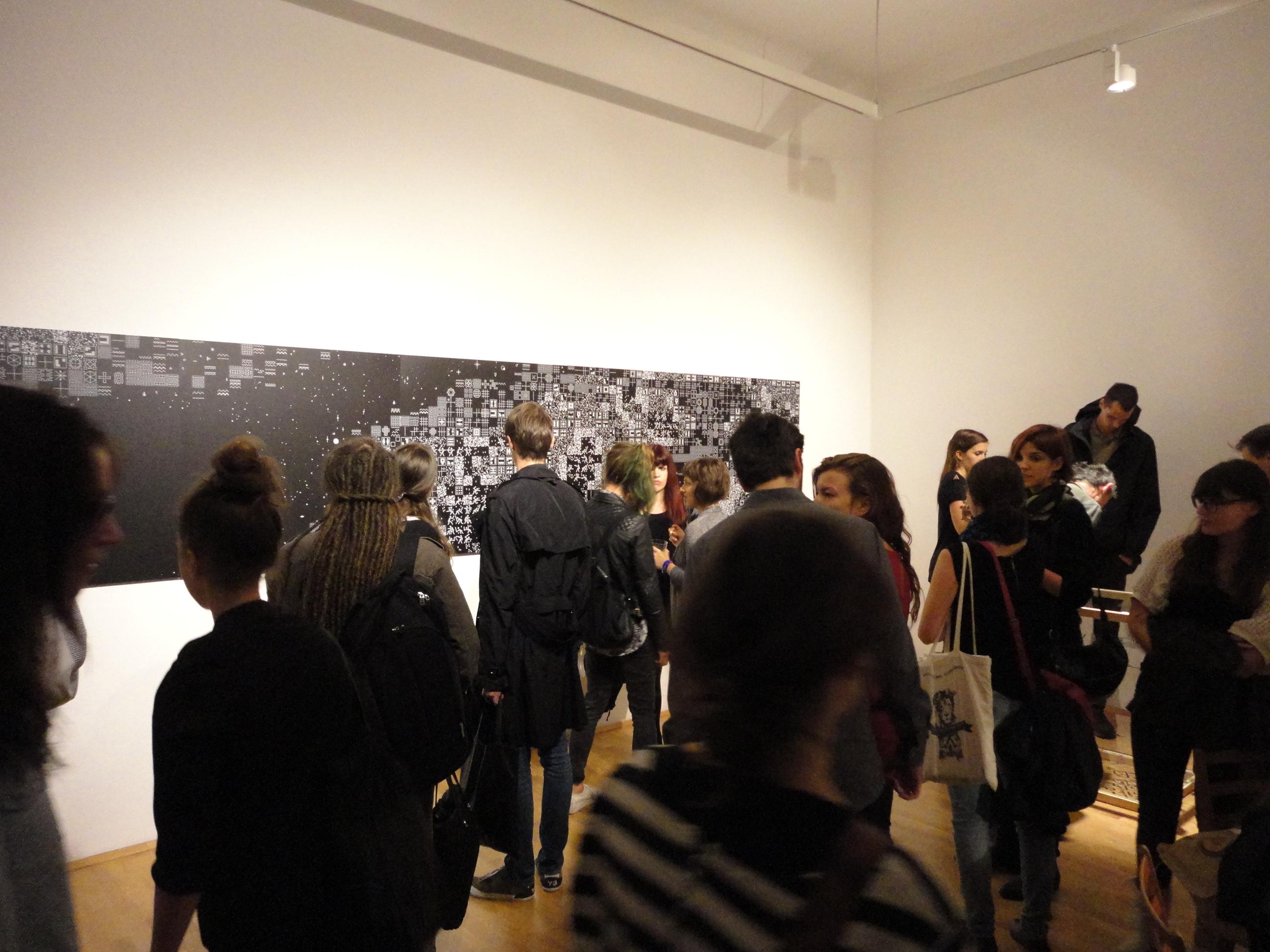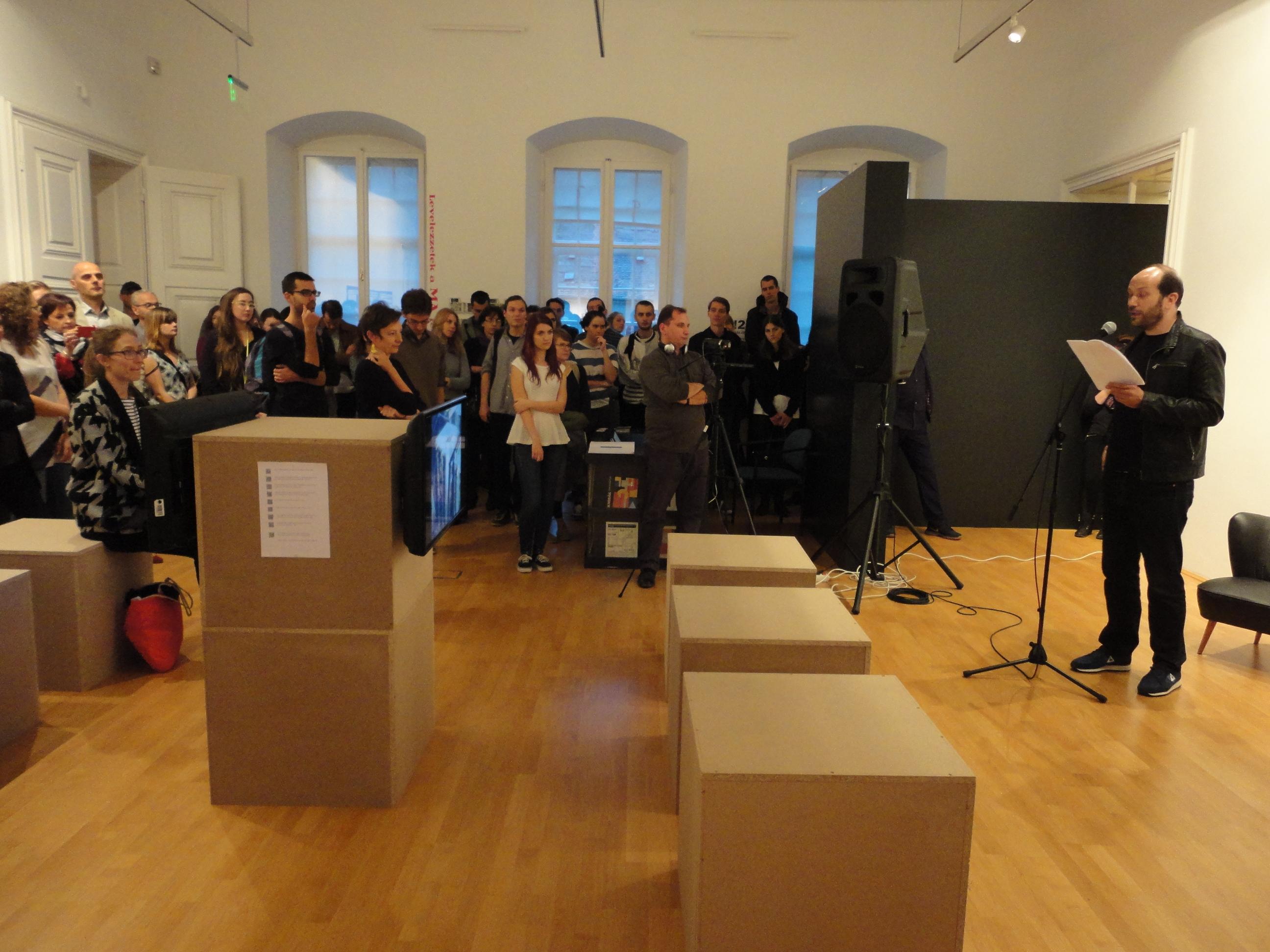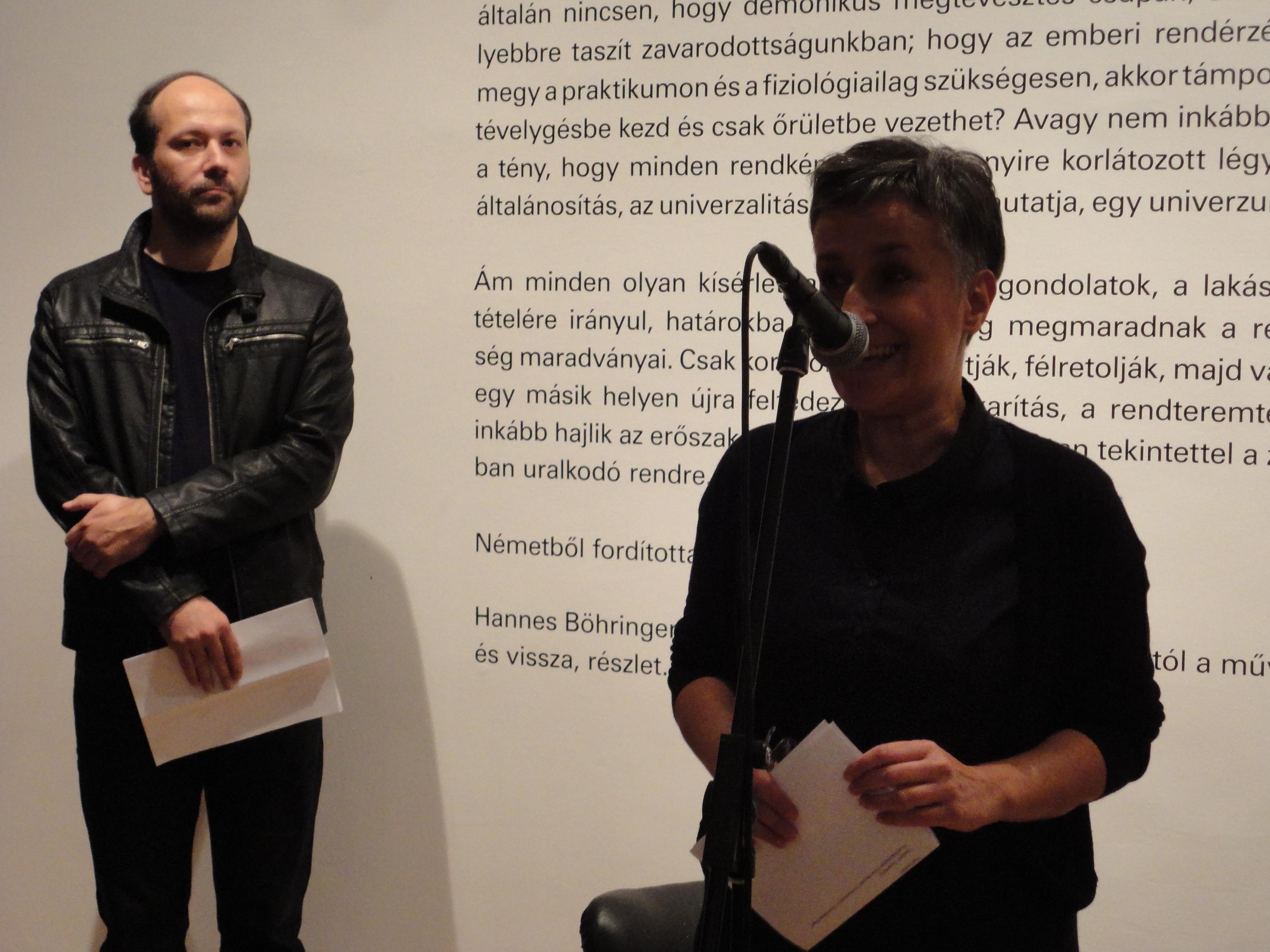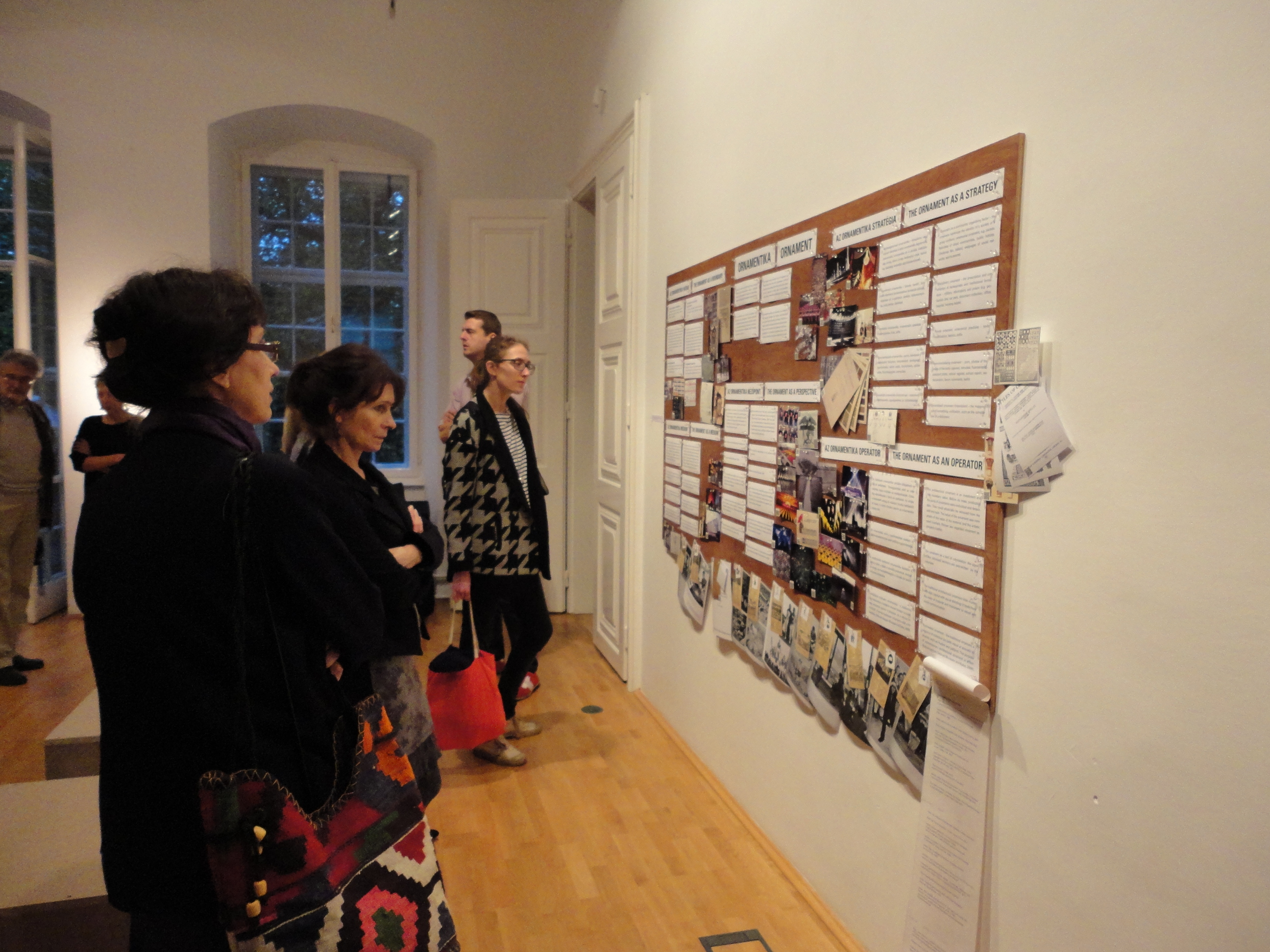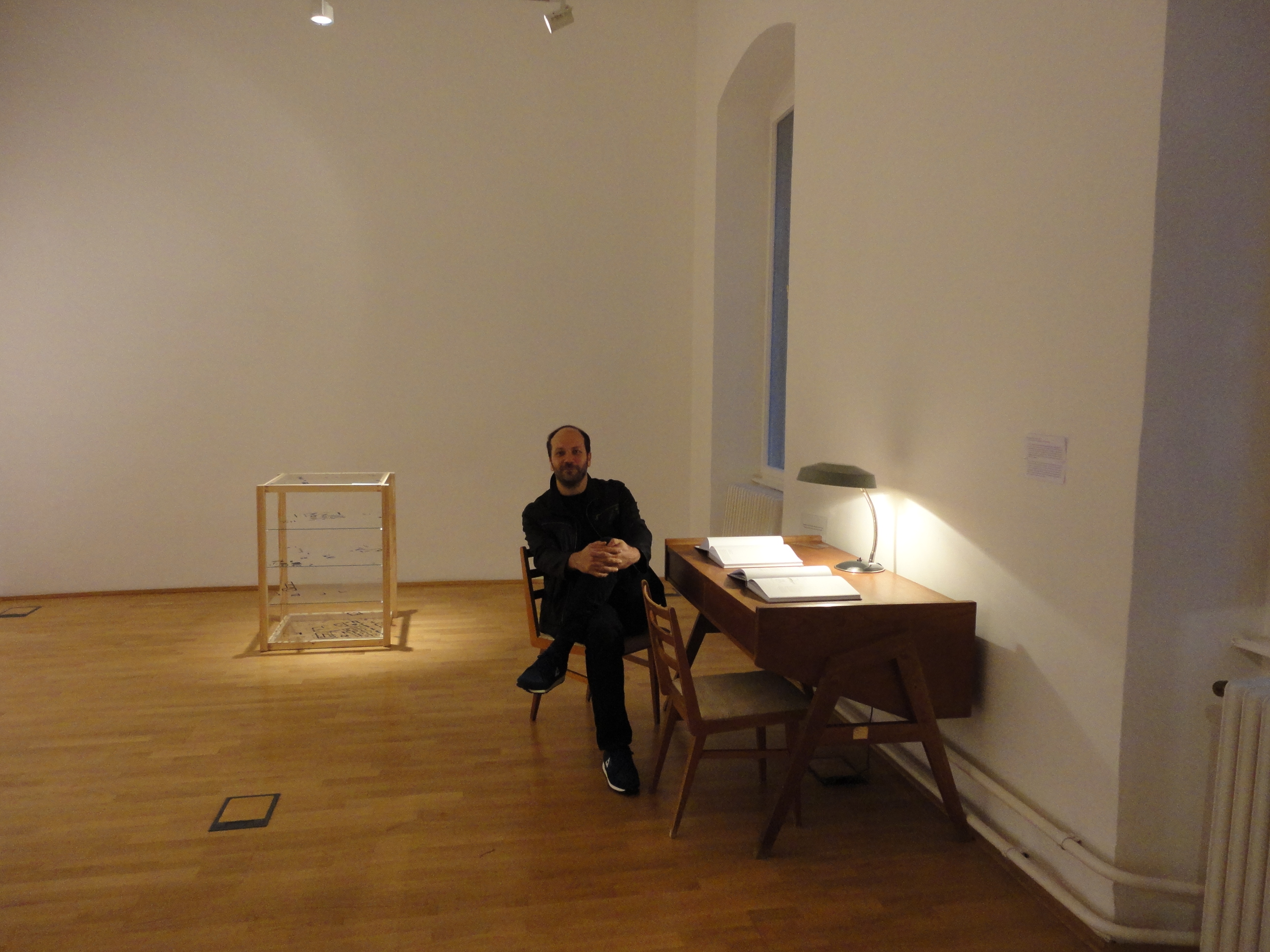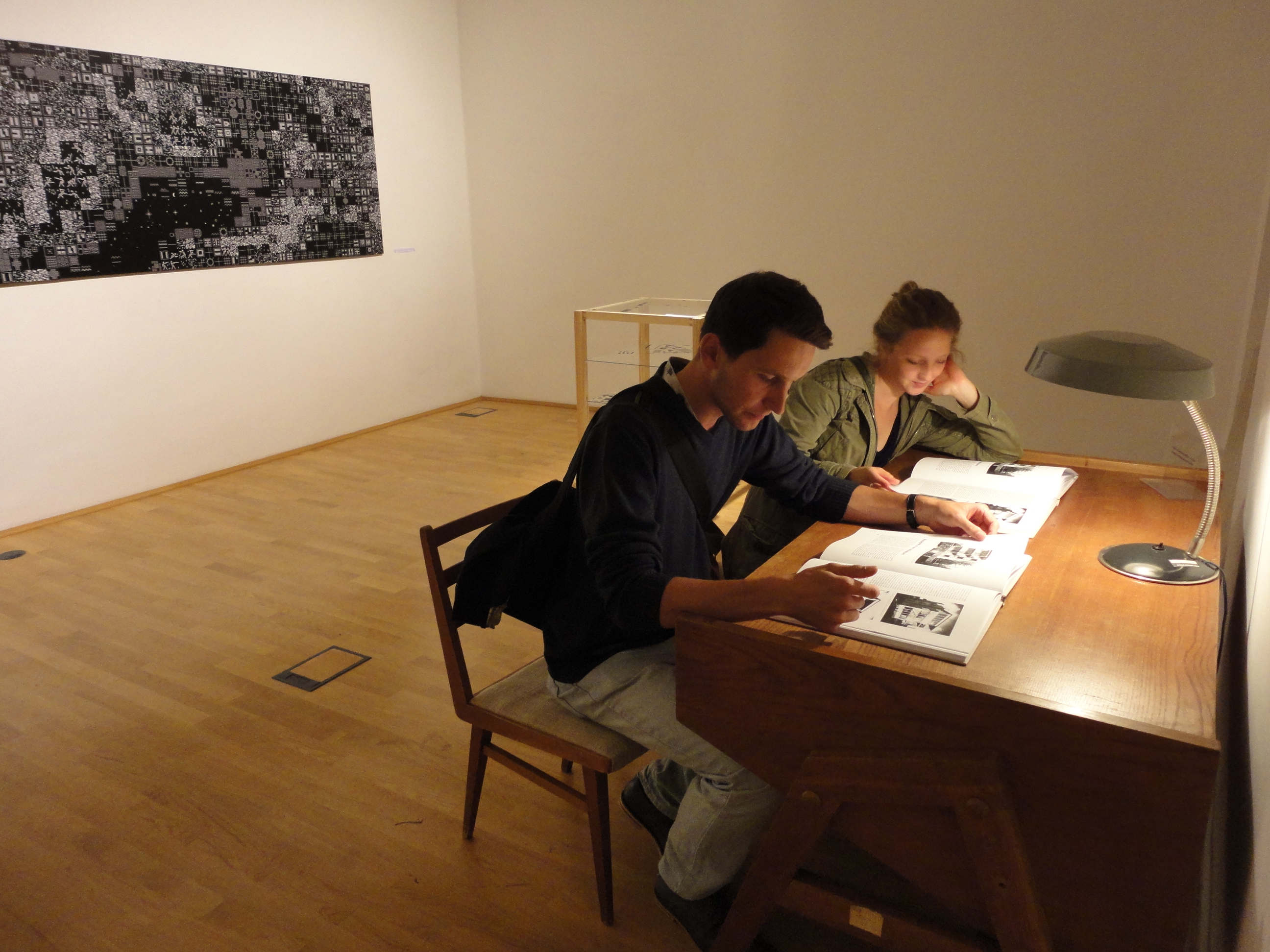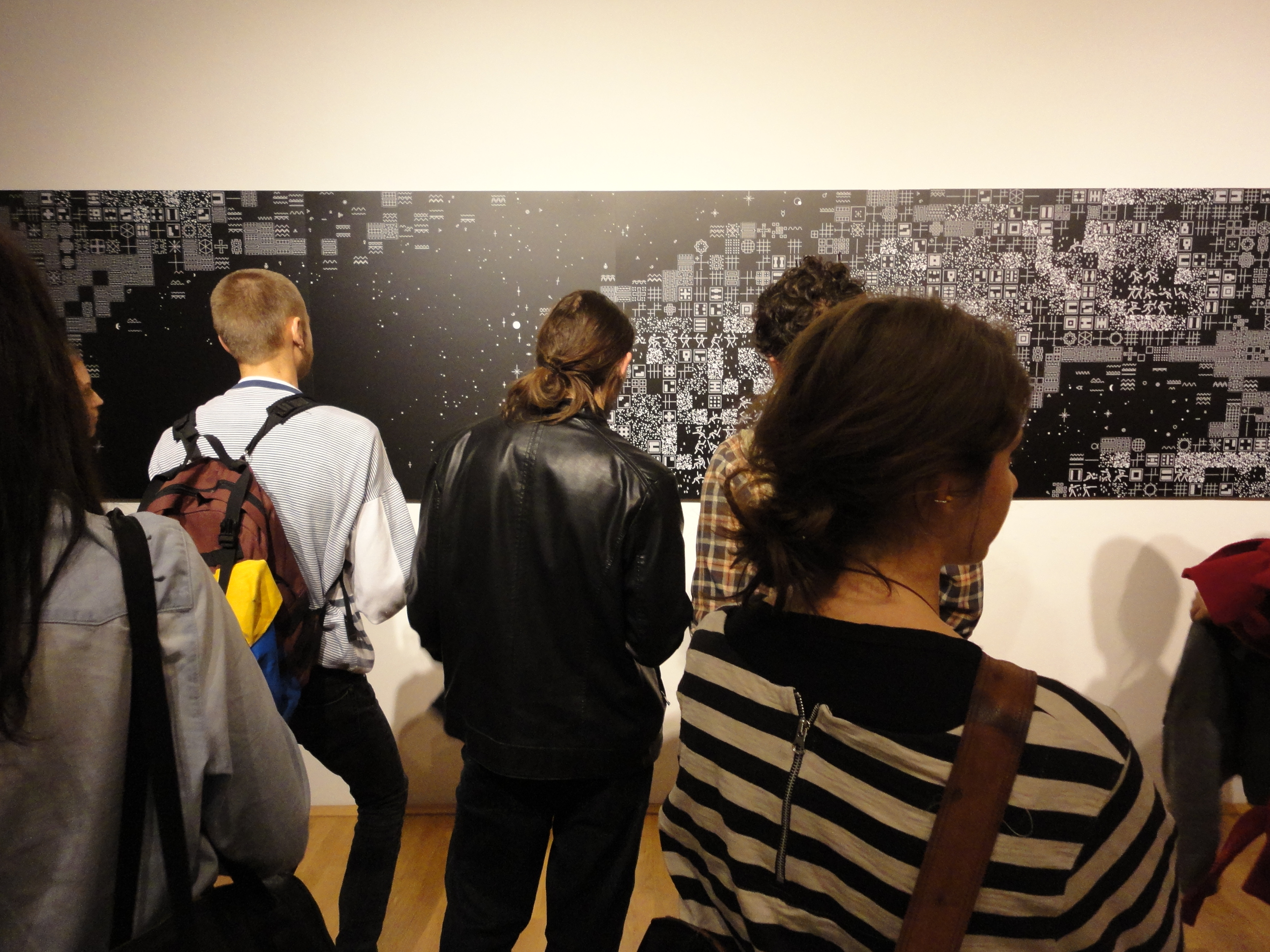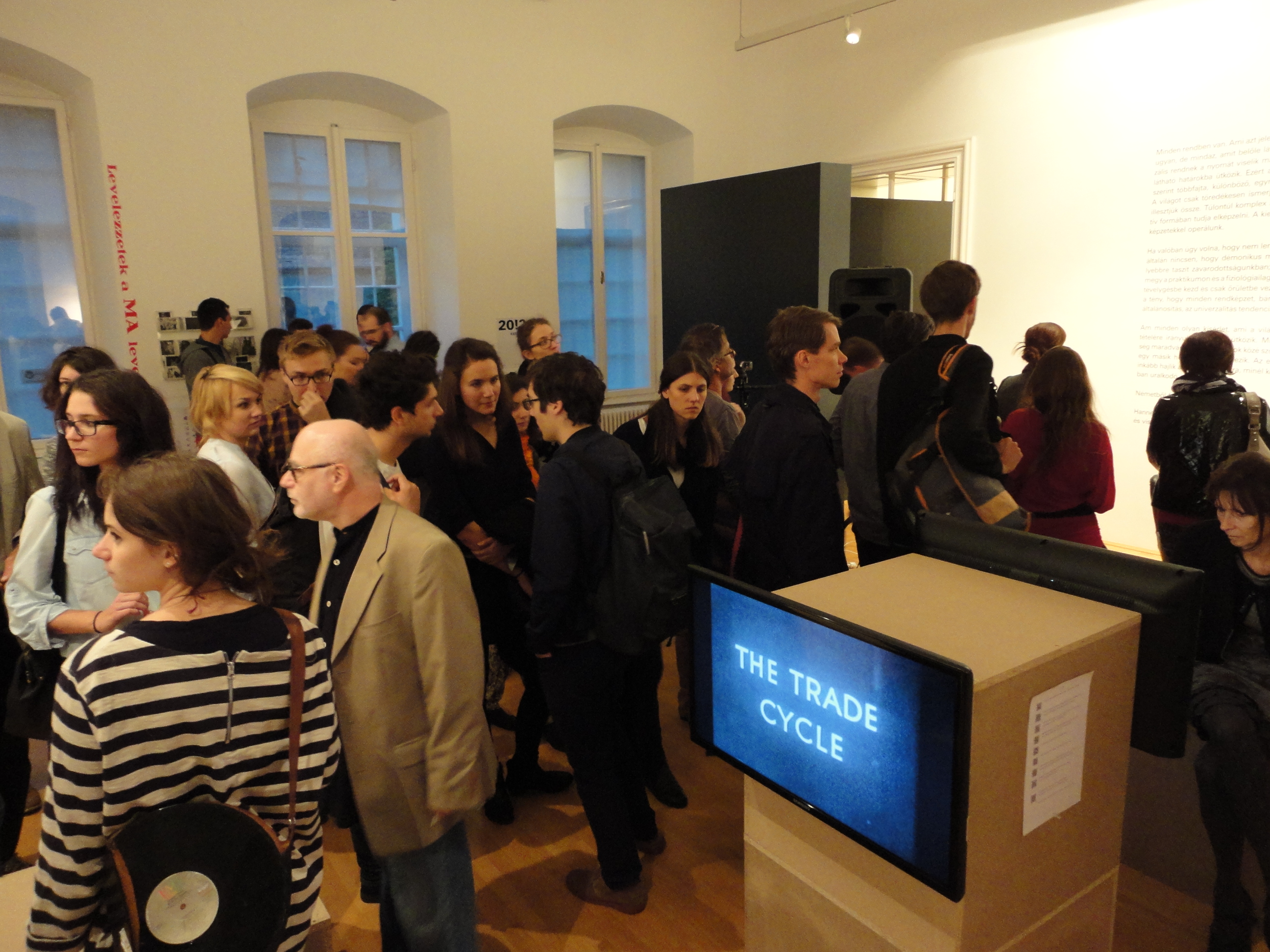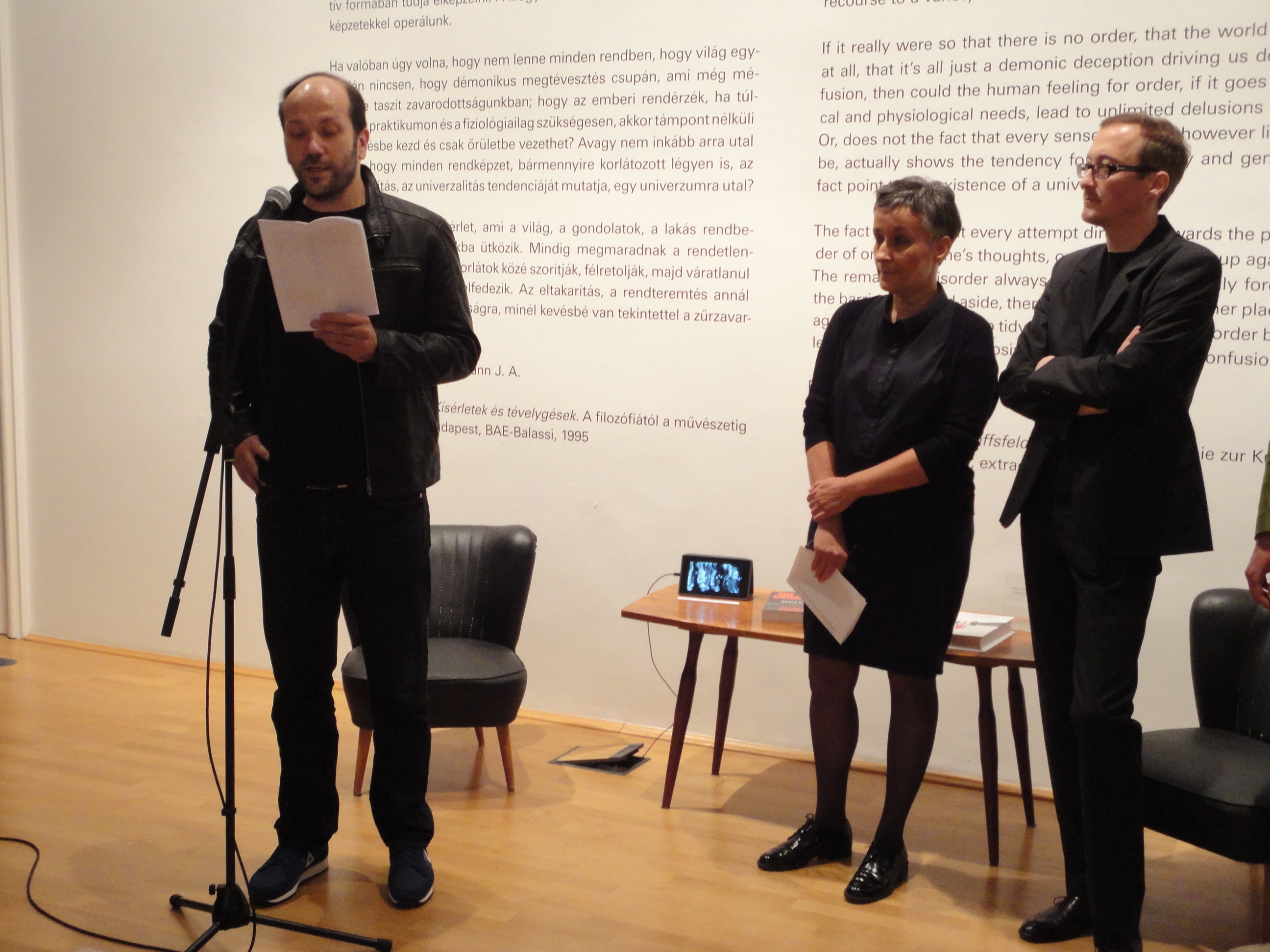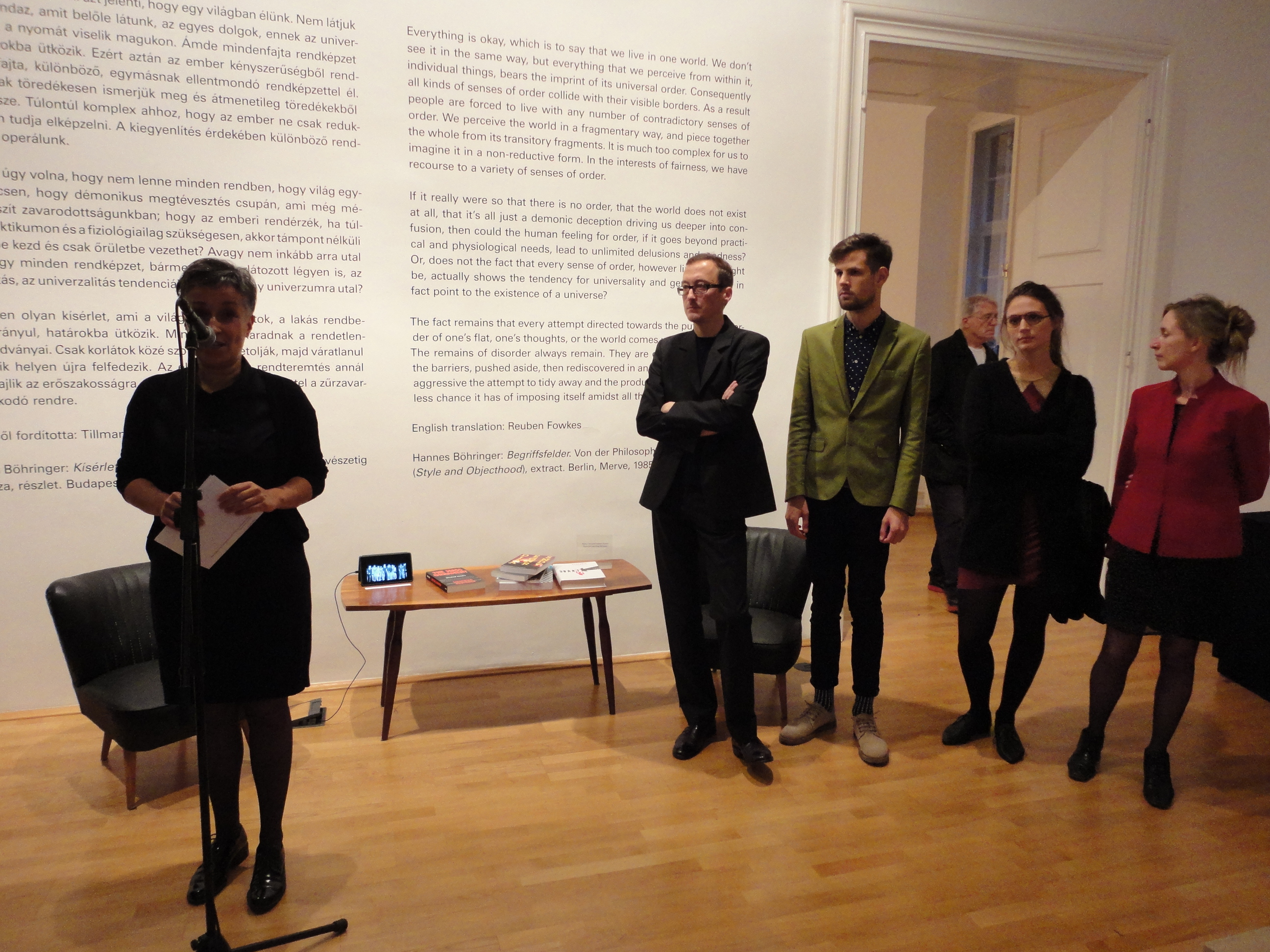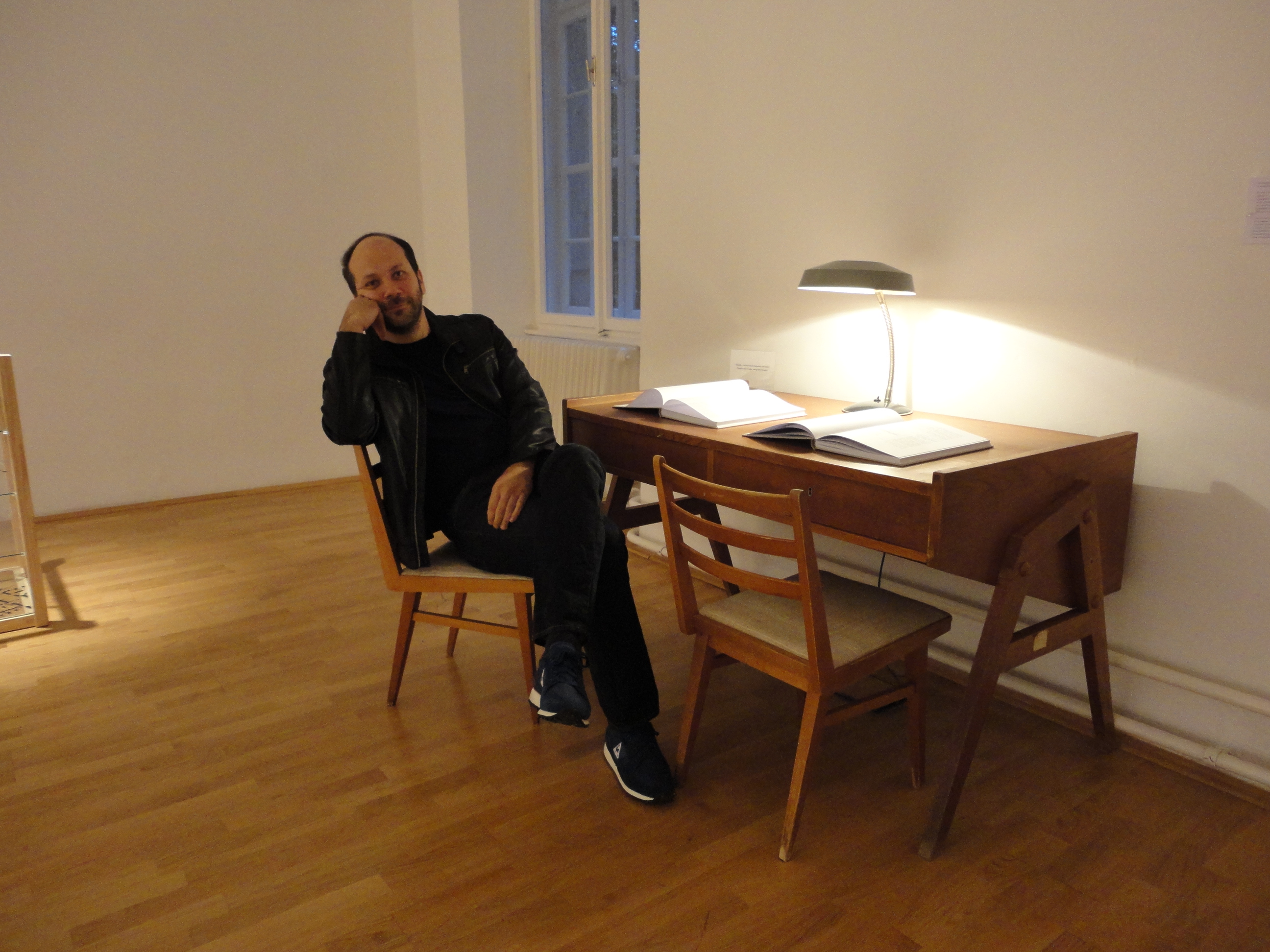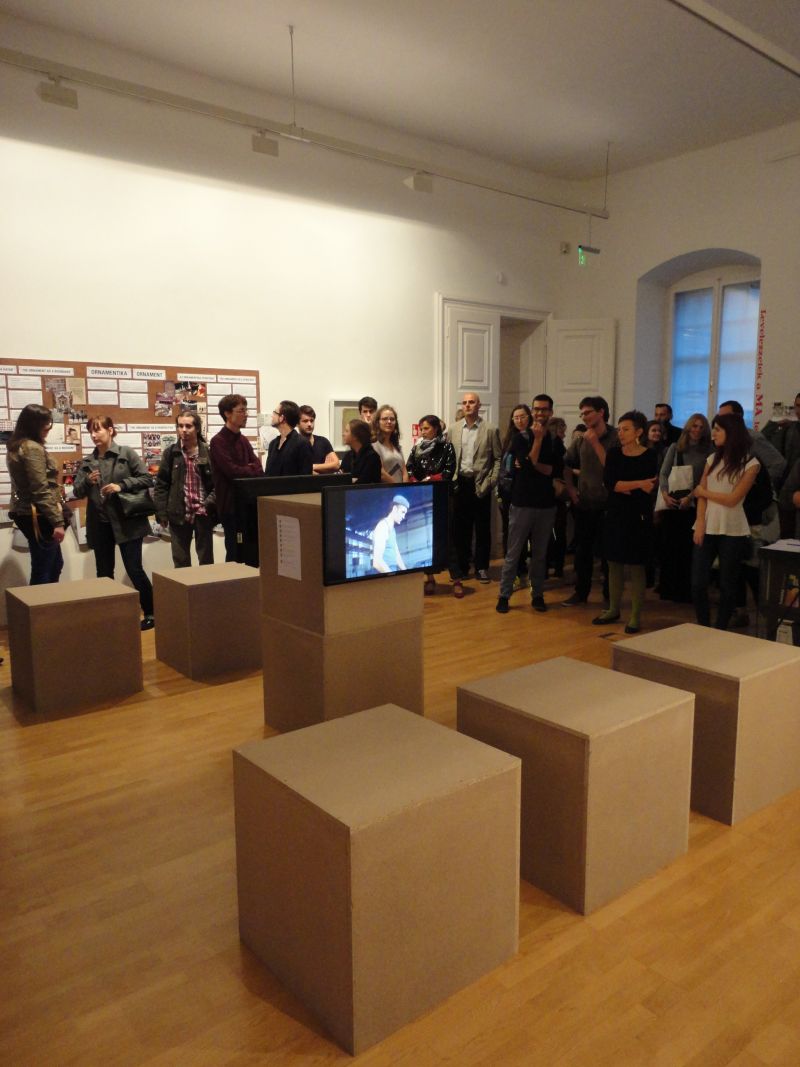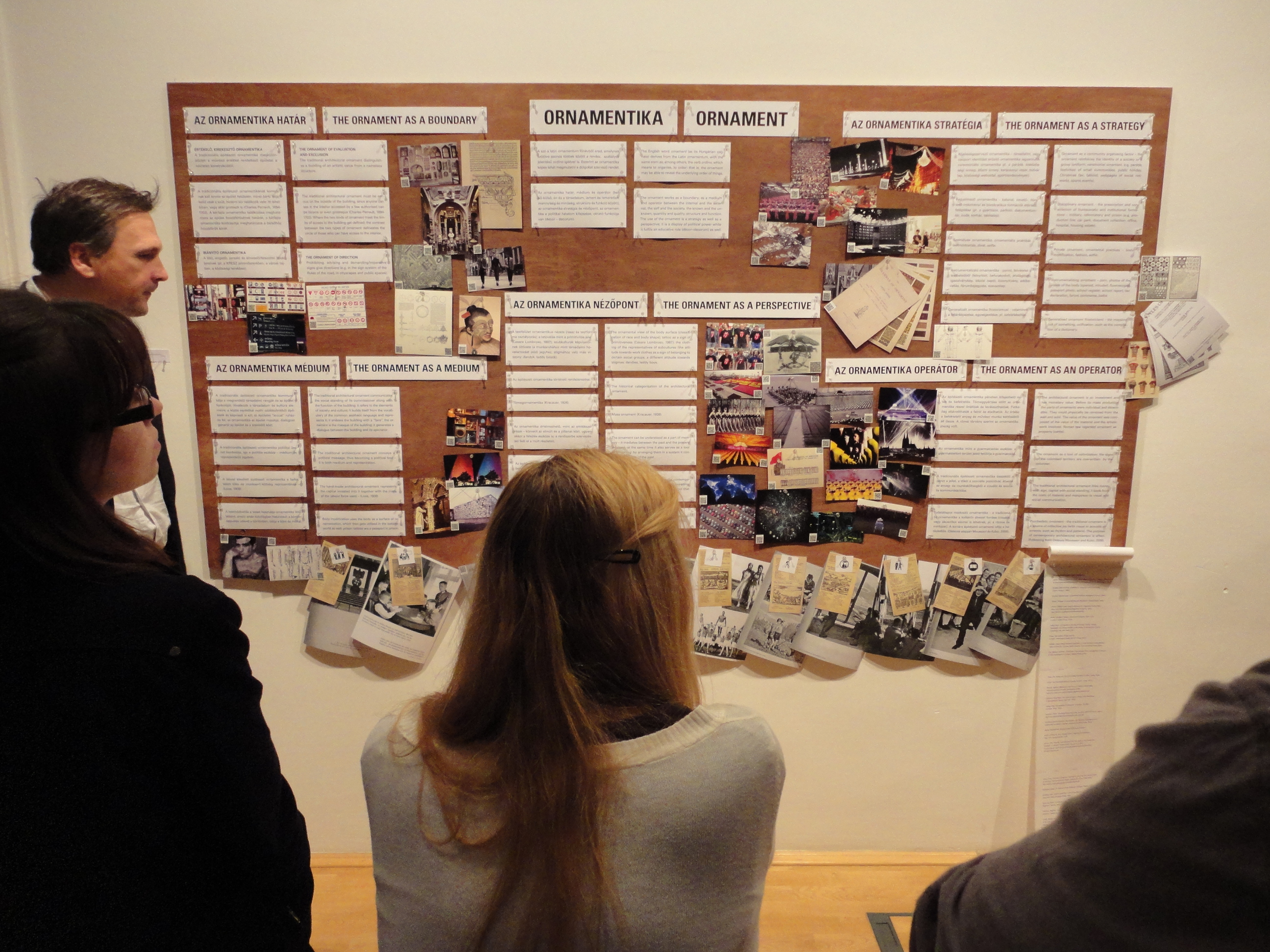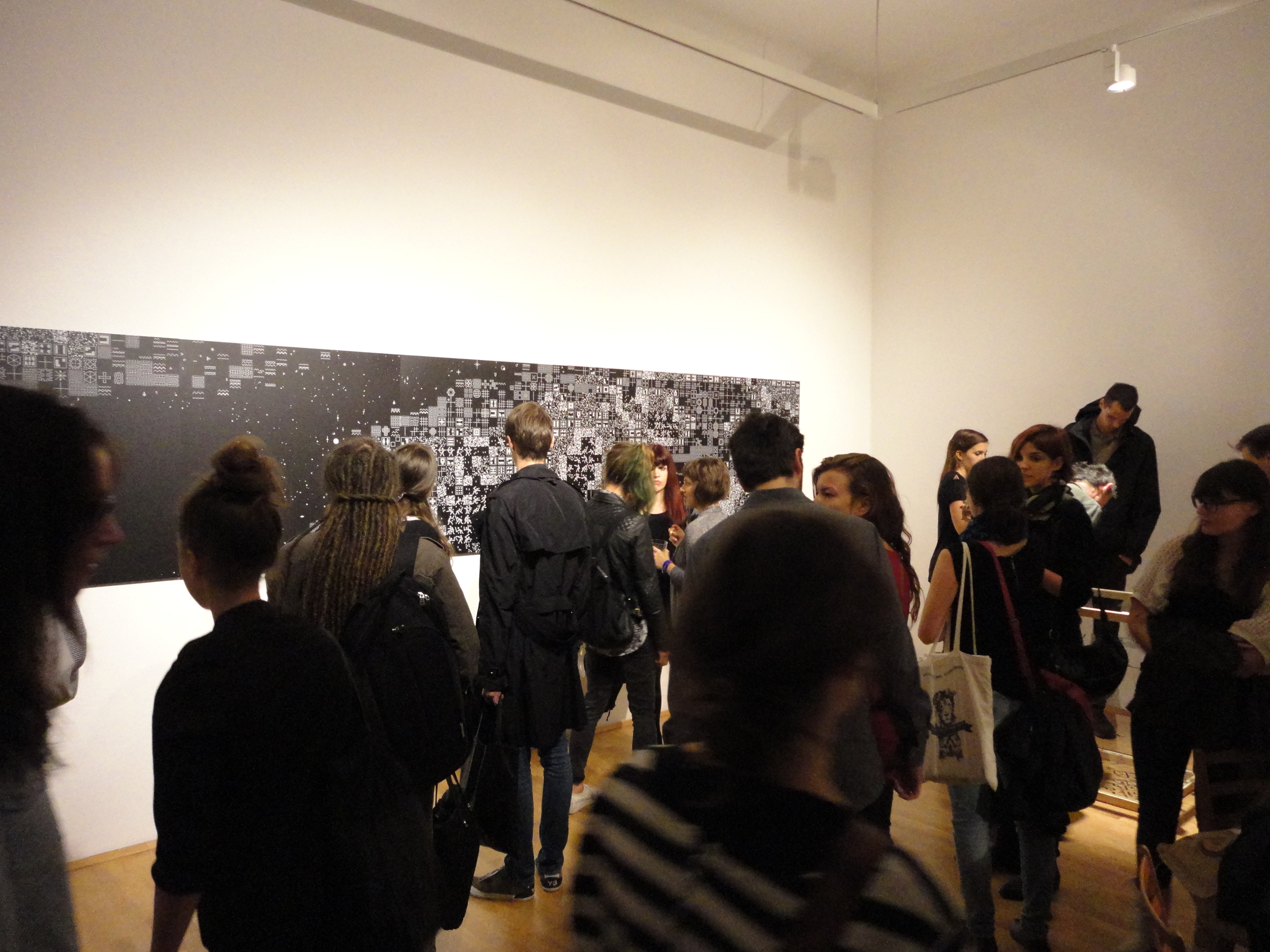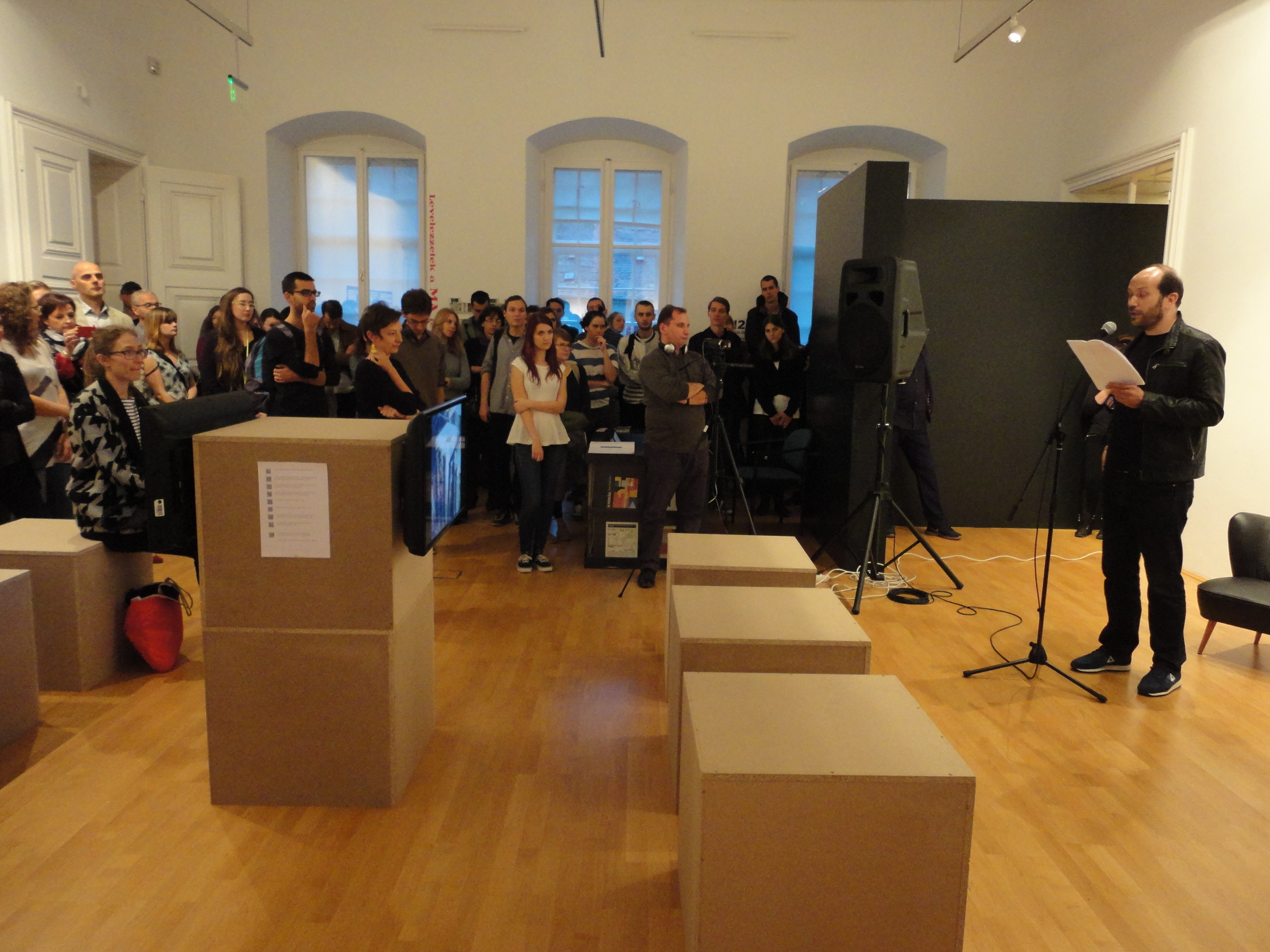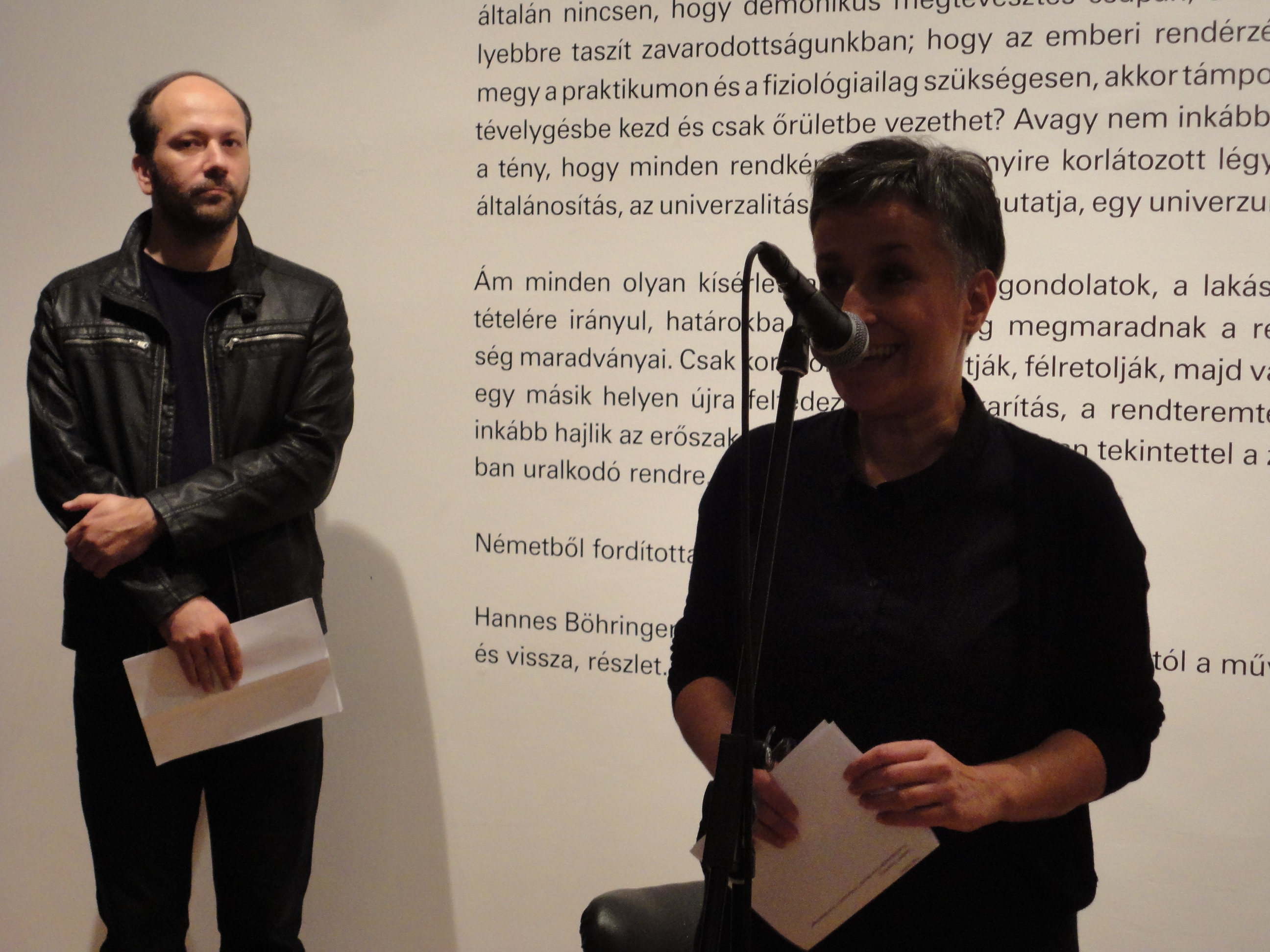Imre Lepsényi: Collective Ornamentation
Imre Lepsényi
COLLECTIVE ORNAMENTATION
Opening event: 2 October 2014, 6 pm
Venue: Kassák Museum
Opening address by: Zsolt. K. Horváth, historian and lecturer
The exhibition will be open until 1 March, 2015.
Ornamentation is an assembly of visual elements, mostly characteristic in themselves but grouped into a repetitive scheme, and takes effect on “reading” through a rhythm of identical or disparate impressions (Sutermeister, 1944). Ödön Lechner recognized the community-building potential of ornamentation and aimed to create a Hungarian national idiom (Lechner, 1906), while Lajos Kozma stated that “true ornamentation has its own collective character in every age” (Kozma, 1928). The Third Reich exploited the collective potential of ornamentation in building up its totalitarian system, saturating private and public spaces with Nazi symbols and creating “ornamentation of violence”. Siegfried Kracauer claimed that for the working class, which had lost its character in capitalist mass production, the mass-ornamentation of a dance troupe’s geometrical-rhythmical movements embodied the collective identity (Kracauer, 1926). The global advertising and design idiom adapts systems of local symbols, sifting and rewriting them to build its own global target publics.
How is ornamentation to be read? What collective language does it generate? What effect does it have on the community, the national consciousness, the masses, the individual? What power does it have to shape consciousness and society? The exhibition explores these and other questions, as it considers the various contemporary and historical approaches to ornamentation.
Exhibition Concept and Design:
Imre Lepsényi
Coordination: Judit Csatlós, Katalin Szőke
Consultation: Dorottya Domanovszky, Eszter Őze, Edit Sasvári, Tünde Varga, Árpád Végh
Contributors: Attila Batári, Ágnes Ferenczi, Thurnayné Zorka Mijátovits , Barbara Szabó, Bottyán Vass
Translation: Reuben Fowkes
Thanks to: Dóra Balla
and the students of the MOME:
Katalin Bártfai, Dóra Béres, Judit Borsi, Enikő Déri, Nóra Demeczky, Réka Holló Szabó, Lilla Tóth
Special thanks to: Mariann Simon, Márton Szentpéteri,
Élet és Irodalom, Polányi Mihály Szabadelvű Filozófiai Társaság, Studio MK27 (São Paulo, Brazília)
Supported by:
The Municipality of Óbuda-Békásmegyer

